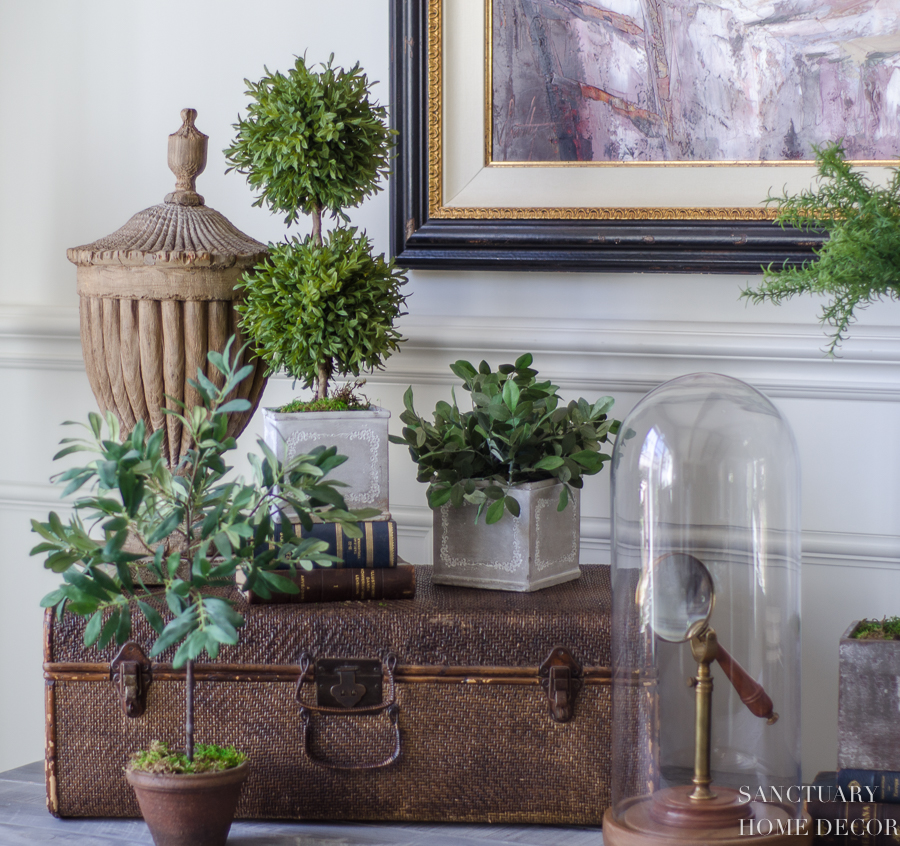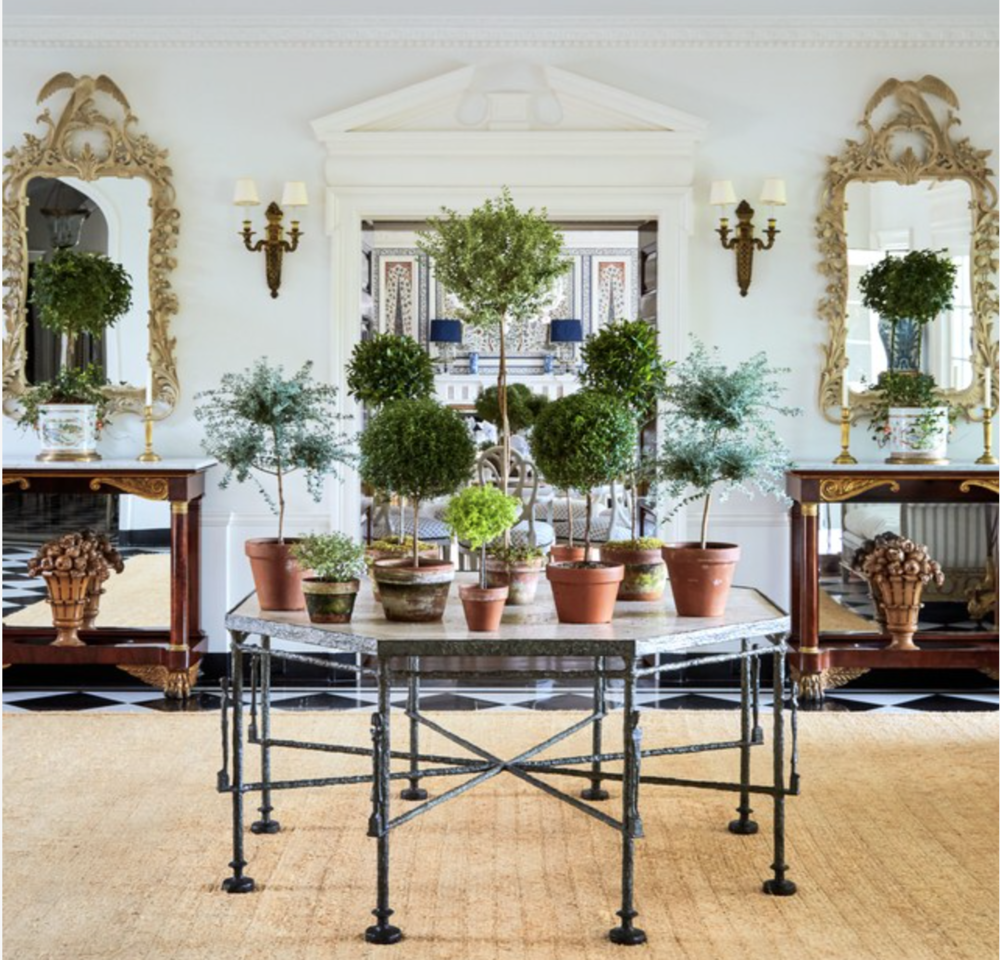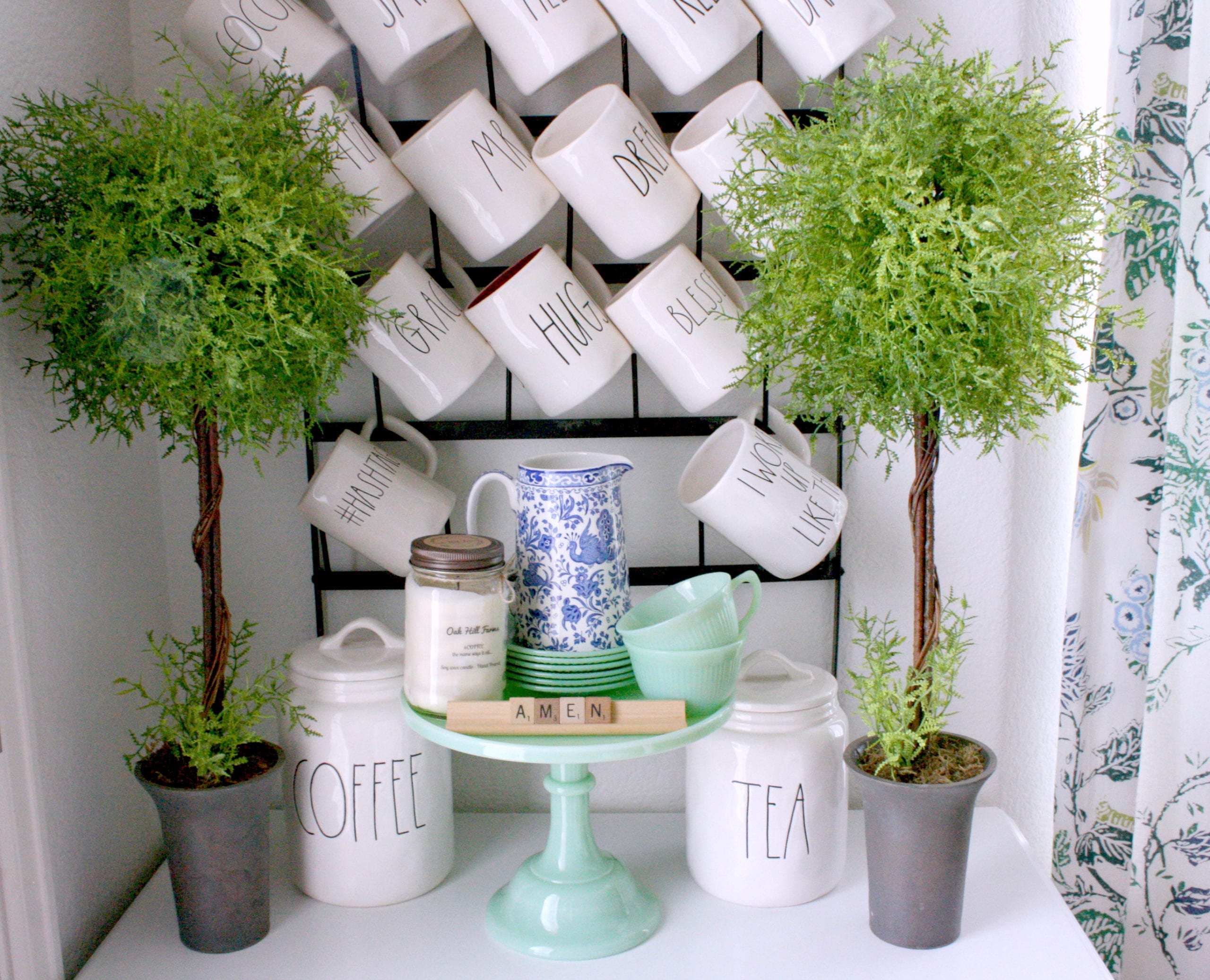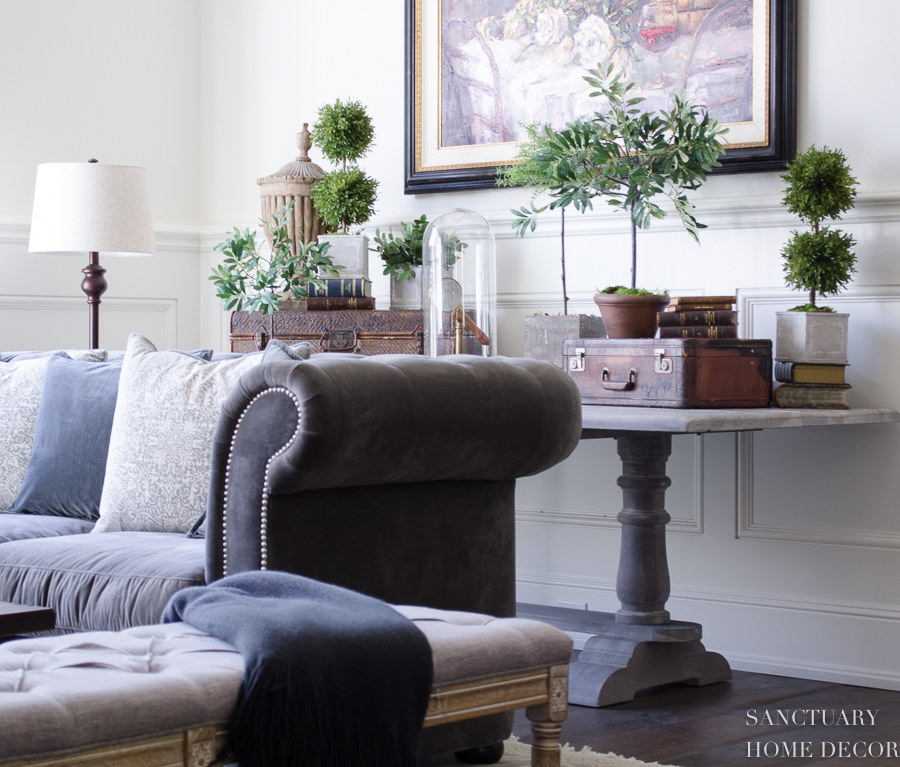Topiaries, the art of shaping plants into decorative forms, have been a favored element in gardens and interiors for centuries. Their unique charm and versatility make them a popular choice for both novice decorators and seasoned horticulturists alike. In this article, we will explore the various aspects of incorporating topiaries into your home decor, sharing personal anecdotes and practical tips along the way.
What Are Topiaries?
Topiaries are plants that have been pruned and trained into specific shapes, often geometric or whimsical, creating stunning living sculptures. Commonly used in landscaping, they can also bring a touch of elegance and sophistication to interior spaces. Below are some of the most popular types of topiaries:
- Boxwood Topiaries: These are classic evergreen shrubs shaped into spheres, cones, or other figures.
- Ivy Topiaries: Ivy is often used for cascading forms, lending a lush quality to the decor.
- Rosemary Topiaries: These fragrant plants can be shaped into various forms and are perfect for kitchens or dining areas.
- Ficus Topiaries: Often found in larger indoor spaces, these can be shaped into elaborate designs.
The Benefits of Decorating with Topiaries
Incorporating topiaries into your decor offers several benefits that go beyond aesthetics, including:
- Air Purification: Many topiary plants help in filtering indoor air pollutants, enhancing your living space’s air quality.
- Natural Beauty: Topiaries add a touch of nature, breaking the monotony of interior spaces with their organic forms.
- Versatility: They can be used indoors or outdoors and can adapt to various decor styles, from traditional to contemporary.
- Personalization: Shaping topiaries allows for creativity, enabling decorators to express their unique style.

My Personal Journey with Topiaries
When I first discovered topiaries, I was captivated by their playful yet sophisticated nature. I remember visiting a local botanical garden where I was enchanted by the intricately shaped plants lining the pathways. Intrigued, I decided to experiment with my own indoor space. After a few trial and error attempts, I found the perfect combination that transformed my living room into a whimsical retreat. Here’s how I did it.
Choosing the Right Topiary for Your Space
When selecting a topiary, consider the following factors to ensure it complements your existing decor:

1. Size and Scale
Topiaries come in various sizes, from small tabletop versions to large floor displays. Consider the size of your room and the surrounding furniture. Here are a few guidelines:
| Room Type | Ideal Topiary Size |
|---|---|
| Small Rooms | Small or medium-sized topiaries (12-24 inches) |
| Living Rooms | Medium to large topiaries (24-36 inches) |
| Entryways | Large topiaries (36 inches and above) |

2. Style and Shape
Your choice of style should reflect your aesthetic preferences. Consider the following shapes:
- Geometric Shapes: Perfect for modern designs.
- Cascade Forms: Great for traditional or romantic settings.
- Animal Shapes: Fun and whimsical, ideal for children’s rooms or playrooms.

3. Indoor vs. Outdoor
Some topiaries thrive better indoors, while others are designed for outdoor use. Ensure you choose one suited for your environment:
| Topiary Type | Indoor/Outdoor |
|---|---|
| Boxwood | Both |
| Ivy | Primarily Indoor |
| Rosemary | Primarily Outdoor |
| Ficus | Both |

Placement Tips for Topiaries
Where you place your topiaries can significantly impact their visibility and the overall ambiance of the room. Here are some effective strategies for placement:
1. Entryways
Placing topiaries at your home’s entry point creates an inviting atmosphere. Use larger topiaries on either side of the door or smaller ones on a console table.

2. Living Rooms
Topiaries can serve as excellent centerpieces on coffee tables or side tables. If you have a window nook, a tall topiary can add visual height and interest.
3. Dining Areas
Consider using a topiary as a centerpiece on your dining table. A small, aromatic rosemary topiary can not only beautify the table but also serve a culinary purpose!

Maintaining Your Topiaries
1. Watering
Most topiaries prefer well-draining soil. Be mindful not to overwater; a good rule of thumb is to check the soil moisture before watering.
2. Pruning
Regular pruning helps maintain the desired shape and encourages healthy growth. Aim to prune at least twice a year.
3. Fertilizing
Use a balanced fertilizer during the growing season (spring and summer) to provide essential nutrients.
Pros and Cons of Using Topiaries in Decor
Like any decor choice, topiaries come with their advantages and disadvantages. Here’s a quick overview:
| Pros | Cons |
|---|---|
| Enhances aesthetic appeal | Requires regular maintenance |
| Improves indoor air quality | Some plants are less forgiving if not cared for properly |
| Offers versatility in decor | Can be costly, especially for larger specimens |
Creative Ways to Incorporate Topiaries in Your Home
Beyond traditional placements, there are numerous creative ways to showcase topiaries:
1. Use as Table Centerpieces
A small topiary can act as a charming centerpiece for dining tables, coffee tables, or kitchen counters.
2. Create a Topiary Wall
For an immersive experience, consider creating a topiary wall in a sunlit area, integrating multiple varieties and sizes.
3. Seasonal Decor
Change the topiary accessories according to the seasons—mini pumpkins for fall, decorative baubles for winter, or flowers for spring.
Conclusion: Elevate Your Decor with Topiaries
Decorating with topiaries offers a delightful way to bring nature into your home while showcasing your personal style. From selecting the right type to maintaining their beauty, topiaries can transform any space into a vibrant and inviting environment. My personal journey with topiaries has been rewarding, and I hope this guide inspires you to explore the enchanting world of these living sculptures.
Frequently Asked Questions (FAQs)
Can topiaries survive indoors?
Yes, many topiaries can thrive indoors with the right care. Choose types like boxwood and ficus for indoor placement.
What is the best way to shape a topiary?
Use pruning shears to clip away unwanted growth, shaping the plant according to your design. It’s best to prune during the growing season.
How often should I water my topiary?
Water your topiary when the top two inches of soil feel dry to the touch. Overwatering can lead to root rot.
Are topiaries expensive to maintain?
While initial costs can be high, maintenance like watering and occasional pruning can be manageable. Choose plants according to your budget and care capacities.
Do I need special tools to care for topiaries?
Basic gardening tools such as pruning shears, watering cans, and fertilizer should suffice to take good care of your topiary.